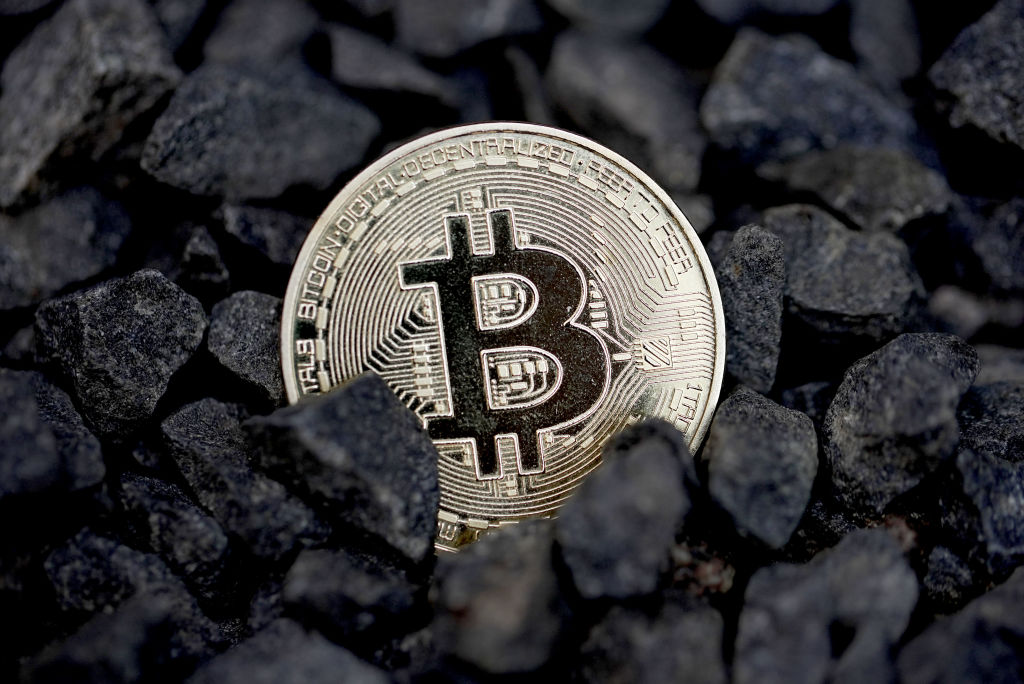Recently El Salvador adopted bitcoin as legal tender, and President Nayib Bukele also shared his green plans for mining bitcoins using renewable energy produced by the country’s volcanoes.
The decision to convert bitcoin into a legal currency – like the dollar – was described as “historic” by Bukele. The law, known as the Bitcoin Law, stipulates that “every economic agent must accept bitcoin as a form of payment when it is offered to him by whoever acquires a good or service.”
One day after the new law was approved, Bukele shared his plan to mine bitcoin in El Salvador “with very cheap energy, 100% clean, 100% renewable, 0 emissions from our volcanoes.”
To do this, the president said he had instructed the state geothermal company La Geo to develop a bitcoin mining plan using geothermal energy. Shortly after, the president of El Salvador shared a video on Twitter showing 804 meters away a new well for the installation to mine bitcoins.
But what is bitcoin mining and how does it work? Here we explain how the process works and we tell you why it has been strongly criticized by environmentalists.
What is bitcoin mining?
In short, mining is the process in which new bitcoins are created, which is carried out by computers that solve complex mathematical problems – which cannot be solved by hand – thus requiring large amounts of computational power and energy.
New bitcoins are introduced when miners process blocks of transactions, which occur every time someone sends or receives bitcoins. In the last 24 hours alone, approximately 212,000 transactions were made, according to Coindesk.
Miners put transactions into blocks and add them to a kind of public record known as a blockchain or blockchain in English. When miners add new blocks to the blockchain new bitcoins are created, but to add a new block miners must mathematically validate the transactions to make sure they are correct and avoid duplication.
As a consequence, miners create a more secure bitcoin network.
By adding a new block of transactions, miners are rewarded with bitcoins. In 2012, the reward was 25 bitcoins, in 2016 it was 12.5 bitcoins, and by February 2021 the reward was 6.25 bitcoins for each new block mined.
However, to get the reward you not only have to solve a mathematical problem, but you have to be the first to do it. This process is known as Proof of Work (PoW).
“Bitcoin mining will continue to be necessary until the last bitcoin has been issued,” reads the blog bitcoin.org. There is a finite number of bitcoins that is 21 million and to date 18.5 million have been mined.
The environmental impact of mining
The more miners there are, the difficulty of obtaining a reward increases. When bitcoin was created, the difficulty level to mine a new block for the blockchain was 1 and by June 2021, it is 21 trillion.
According to Investopedia, bitcoin mining is so competitive that it can only be done profitably by more modern ASIC miners – a kind of supercomputer specifically created to mine bitcoins – since the cost of the power consumption of a GPU or an ASIC conventional may be higher than earnings.
However, even if you have a capable computer, it will hardly be able to compete with a mining pool or pool mining, that they are a group of miners that combine their computing power and that divide the mined bitcoins among their participants.
Cryptocurrency mining has been questioned by environmentalists as bitcoin mining consumes a ton of computing power and electricity, raising concerns about cost to the environment.
The data, published in the bitcoin energy consumption index of Digiconomist, a site specialized in digital currencies, reflects the environmental footprint that worries some experts.
China is considered the largest bitcoin miner, and recently took steps to restrict the use of cryptocurrencies. According to a study by Nature Communications, energy consumption by bitcoin mining in the Asian country will generate more than 130 million metric tons of carbon emissions by 2024.
This exceeds the total annual production of carbon emissions in the Czech Republic and Qatar in 2016.
However, the environmental impact of bitcoin mining has not only concerned governments and environmental organizations but also some of the largest investors. of Bitcoin in the United States, such as Michael Saylor, CEO of the software company MicroStrategy (MSTR) and a member of the newly formed Bitcoin Mining Council (BMC).
Saylor, who owns a sizeable share of bitcoin, met with North America’s top miners to “promote transparency in energy use and accelerate sustainability initiatives around the world.”
Elon Musk attended the meeting and rated the effort as “potentially promising.” Saylor was one of several investors who applauded the adoption of bitcoin in El Salvador, as well as Bukele’s environmental plan for mining the cryptocurrency.
Following the BMC meeting, Fred Thiel, CEO of Marathon Digital Holdings, spoke with Citizen Free Press Business and indicated that “outside of China, actually, most of the energy consumed is moving more towards carbon neutrality in the bitcoin mining industry.”

